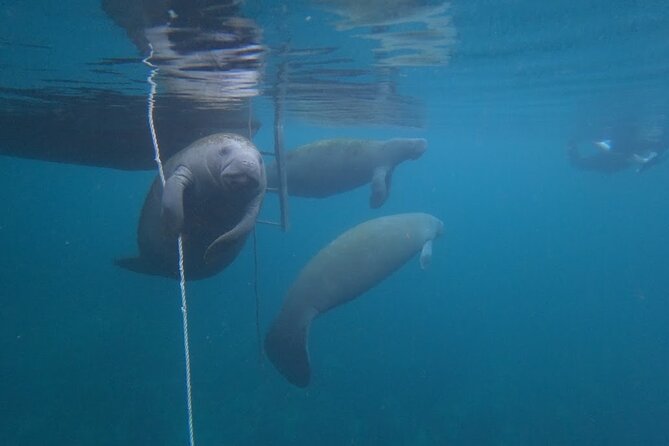What is Saturn’s surface temperature?
The planet Saturn is known for being the second biggest of the planets in our solar system, as well as having the most moons too (it wasn’t always that way, but 20 new moons were discovered orbiting Saturn in recent years). But something that isn’t talked about as much is the composition of the planet, and especially the temperature.
As it’s so far away from the Sun, it can be assumed that the planet is going to be much closer than Mercury, Venus and Earth. But just how chilly can it get on the planet? That’s what we’re going to run through.
The average temperature on the planet Saturn is minus 218°F (-138°C), which is extremely cold. This is based on the average surface temperature of the planet, which is taken from the atmosphere, as Saturn has no hard surface like Earth. This means that we can’t really determine anything outside of surface temperatures, and more similar to that of the thick atmosphere that surrounds the planet.
And if we compare this freezing cold temperature to our planet, then it’s much colder than the average temperature on Earth. And as you’d expect, the planets get colder and colder the further out from the Sun you go. The only exception to this is the hottest planet Venus, which is a little hotter than Mercury due to the atmosphere it has, which retains the Sun’s heat.
And actually, even though Uranus and Neptune are much, much further out from the Sun than Saturn, the temperature isn’t that drastically different. Uranus is an extra 896 million miles from the Sun than Saturn, and Neptune is 1,911,674,960 from Saturn, which is a big difference.
However, Uranus and Neptune are around -200°c, whilst Saturn is approximately 138°c. So there’s a difference, but it’s not as great as you may think. This leads astronomers to think that Uranus and Neptune may also have some sort of internal heating system at their core, which helps them to stay warm. If you’re interested, you can read about more Saturn weather facts.
The reason why astronomers think that Uranus and Neptune have their own internal heating at their core is based on what we already know about the other two Jovian planets, Jupiter and Saturn. And at the center of Saturn, the core beneath the thick layers of gas is actually much more substantial than what’s at the core of Jupiter.
How do we know that there’s an internal heating system at the heart of Saturn’s core? Well, firstly because the planet actually radiates twice as much heat as it receives from the Sun. The fact that it gives off heat means that the temperature of Saturn actually stays pretty level throughout the whole year, and it doesn’t go through drastic weather changes like we do on the planet Earth.
This internal heat is a good thing for the planet, but it’s also the driving force behind the many storms that occur across the planet’s surface. The planets biggest storm, known as the Great White Spot (in reference to Jupiter’s Great Red Spot), is thousands of miles wide and only occurs once every 29 to 30 years.
Now, we know that Saturn is made up of a lot of hydrogen with a little bit of helium, but beneath this it has a solid core too – this is unlikely to be similar to the rocky core of the terrestrial planets. Astronomers estimate that the temperature at the core of Saturn must be as hot as 11,000°c to give off the amount of heat the planet does, and it’s the reason why the rest of the planet isn’t frozen cold too.
All in all, Saturn is still what would be considered as a cold planet, though many are surprised to find that it does have a hot core at its center. It’s still referred to as a gas giant for its size and composition, and it’s not quite cold enough to be considered as an ice giant like Neptune and Uranus, which are colder and hide ice and water beneath the atmosphere, unlike Jupiter and Saturn which are primarily gas.




